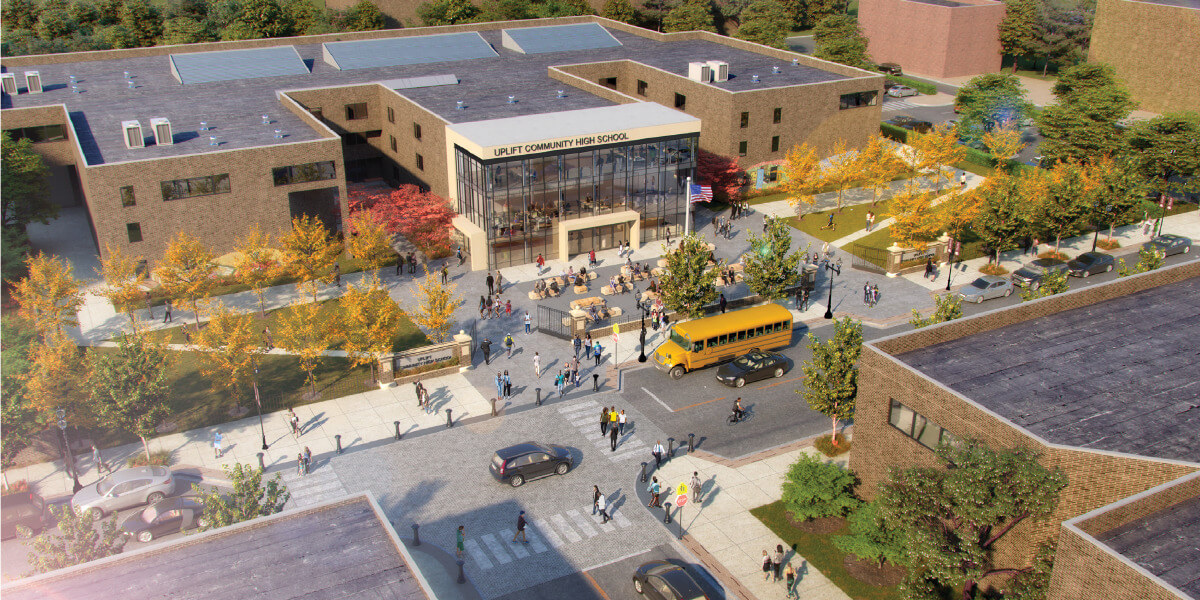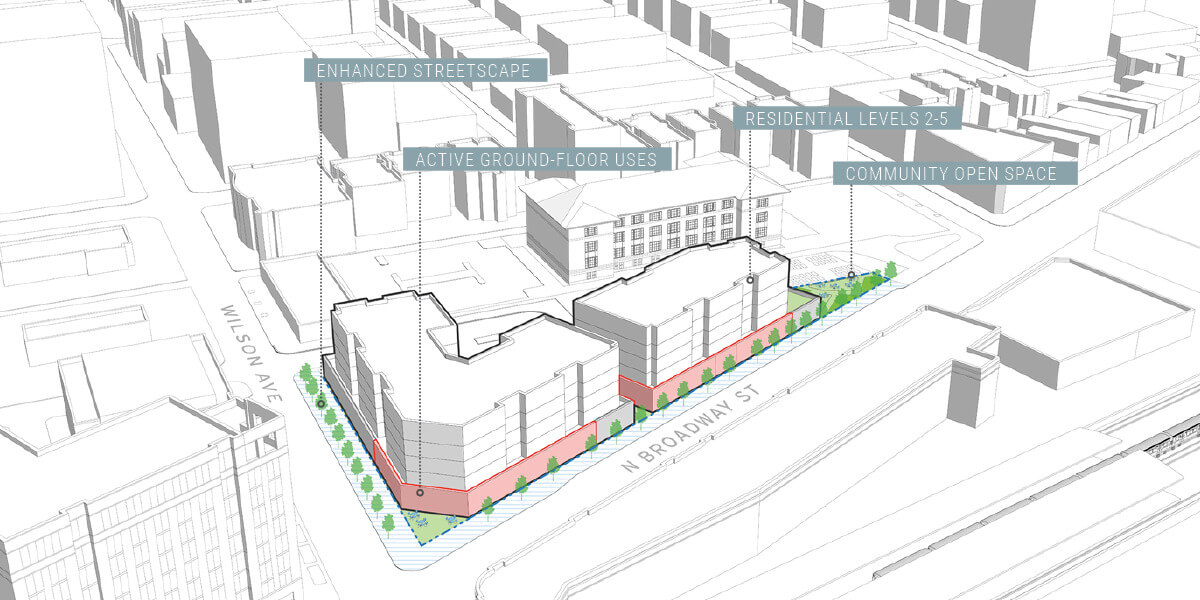Development Partners Committee
Uptown United’s Development Partners committee works to guide and encourage healthy and sustainable development in Uptown, as well as engaging in its own development projects and neighborhood planning. Development Partners is organized as a volunteer advisory council made up of local architects, real estate professionals, nonprofit organization leaders, developers, and experts from across the community–all of whom live and/or work in Uptown. Committee members have expertise in: commercial and residential real estate development, architecture, historic preservation, affordable housing, small business, urban planning, landscape architecture, real estate law, finance, community engagement, urban sustainability, economic development, and more.
Working closely with the other arms of Uptown United, Development Partners’ mission is to initiate and participate in strategic planning, promote appropriate land use, and encourage development projects that provide employment opportunities, a strengthened economic base, and an enhanced quality of life for Uptown’s diverse population.
Our Development Partners typically meets the last Wednesday of every month. Contact us if you like to learn more or present to the Development Partners committee.

Community Planning & Studies
Uptown United has engaged in many catalytic studies and neighborhood planning activities that have helped to support small business, facilitate development, and improve quality of life for Uptown residents. Below are links to current and past planning activities and studies.


